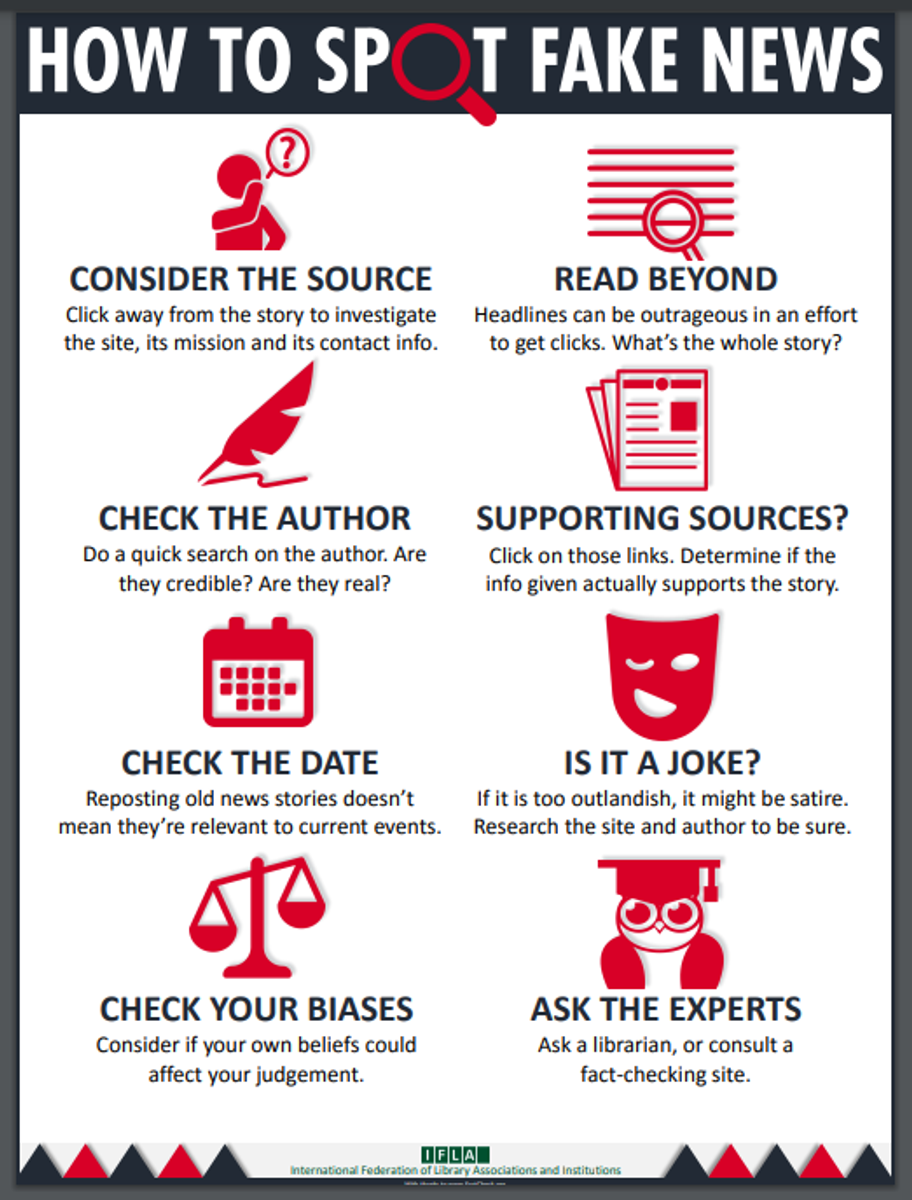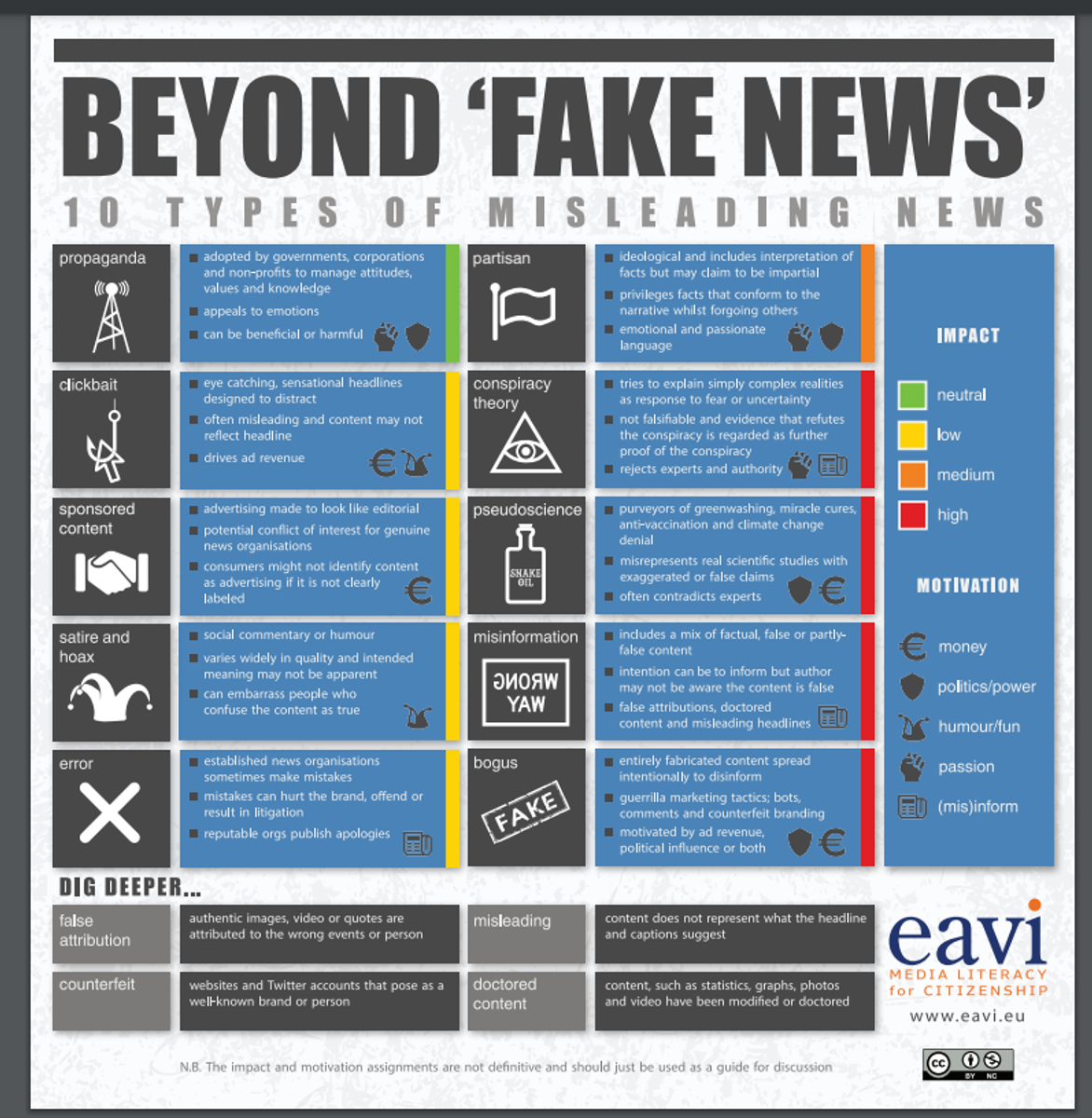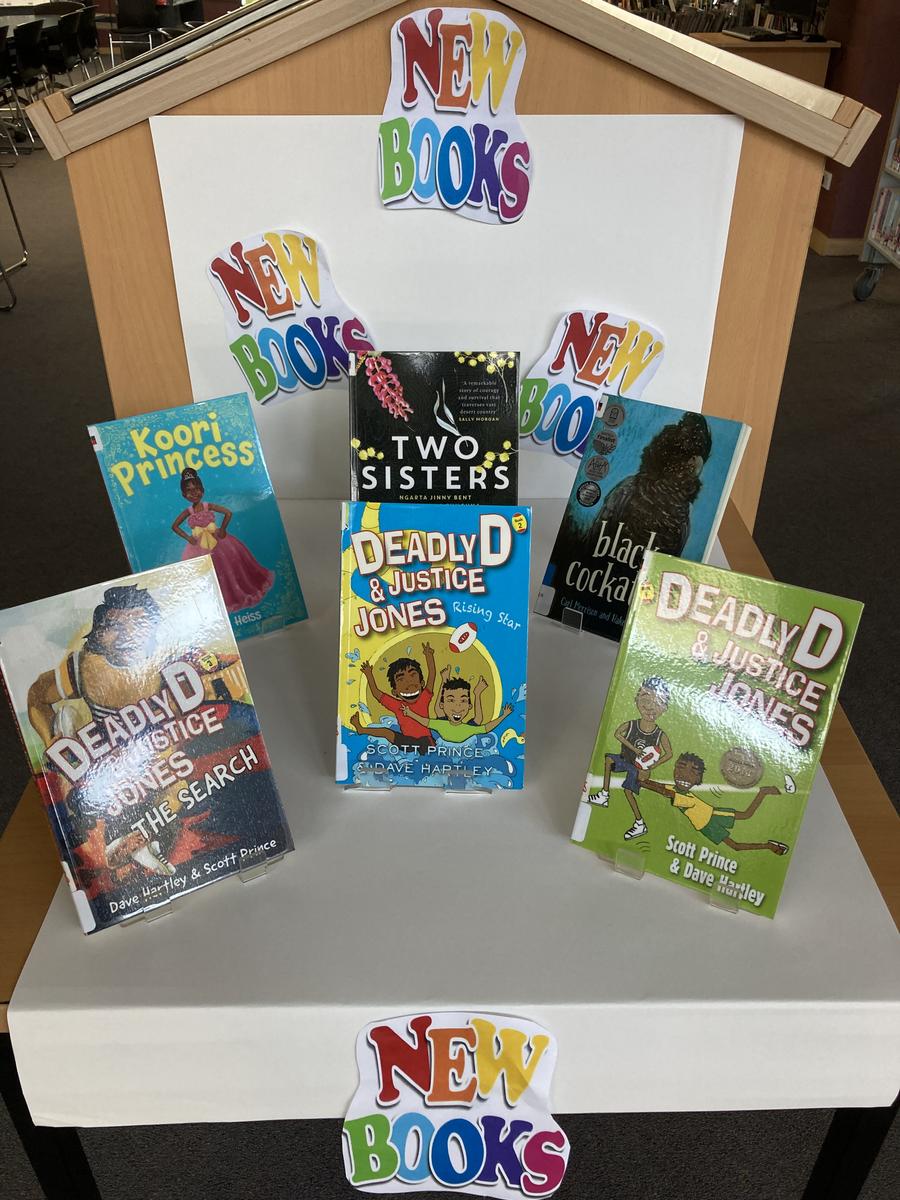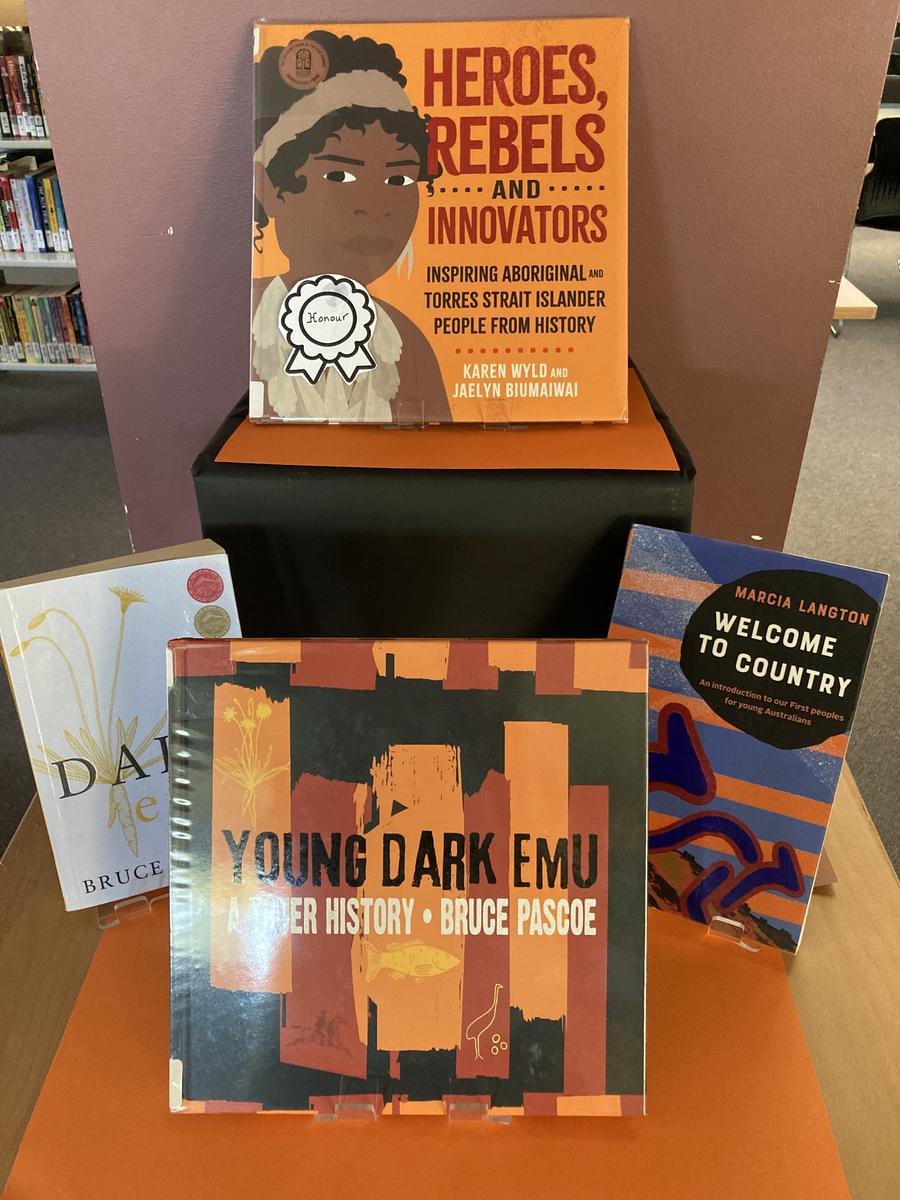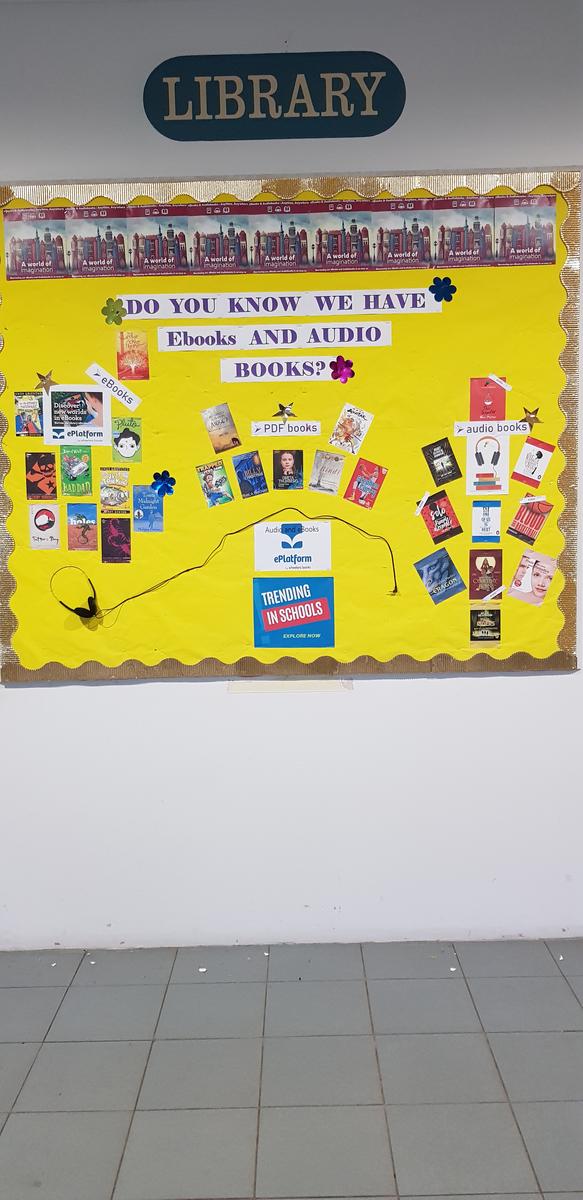Library News
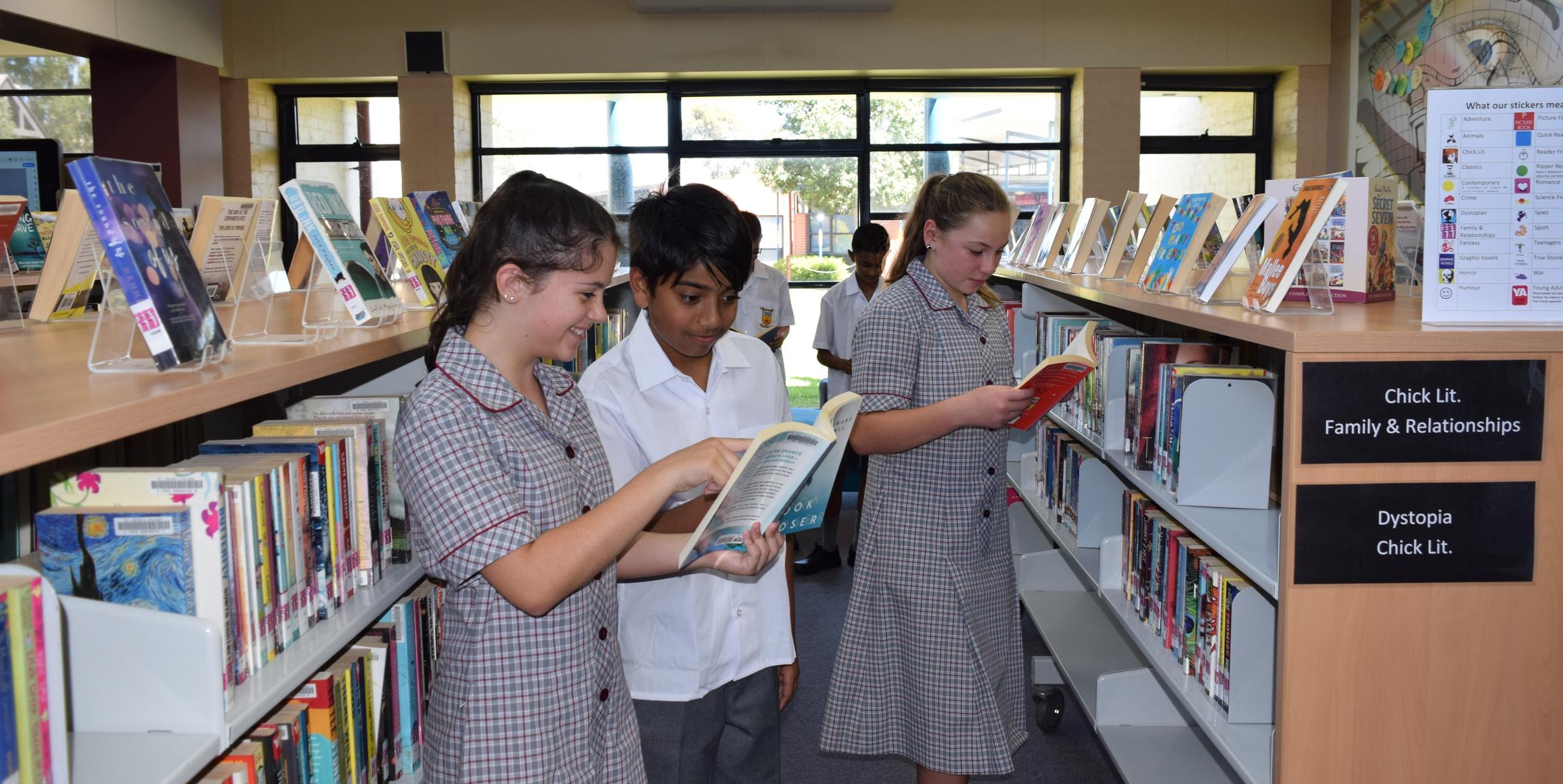
Media Literacy - How to spot ‘Fake News’
It is a vital part of media literacy that students (and indeed everyone) can decipher fake news and information from reality and fact; a crucial skill in navigating a world of misleading, untrustworthy and deceitful information and the formation of strong critical thinking skills. In gaining these critical thinking skills students need to know reputable sources such as these given here from the International Federation of Library Associations (IFLA) and the EuropeanAssociation for Viewers Interests (EAVI), supported by the European Union (EU). Find links to these excellent sources as they were presented by Teacher Librarians at theAustralian School Library Association( ASLA) educational conference recently.
Poster 1: Quick and easy Infographic: ‘How to Spot Fake News’.
This poster comes with translation into other languages. Link HERE
Poster 2: A more comprehensive guide: ‘Beyond Fake News: 10 Types of Misleading News’
This poster comes with translation into other languages. Link HERE
Fake News websites
https://eavi.eu/
https://eavi.eu/beyond-fake-news-10-types-misleading-info/
https://www.ifla.org/news/how-to-spot-fake-news-ifla-in-the-post-truth-society/
Examples of Deepfake videos
BBC: Fake Trump arrest photos: How to spot an AI-generated image
https://www.bbc.com/news/world-us-canada-65069316
False claims of 'deepfake' President Biden go viral
https://www.bbc.com/news/62338593
Deepfake presidents used in Russia-Ukraine war
https://www.bbc.com/news/technology-60780142
News from the Library
This term at Cranbourne Campus we have started off with displays of new books,
Indigenous stories and a wonderful display promoting our eBook and audio book collections.
These eBooks and audio books can be accessed via our library website.
See photos
Happy to assist at any time
Joyce Sendeckyj
Head of Library

